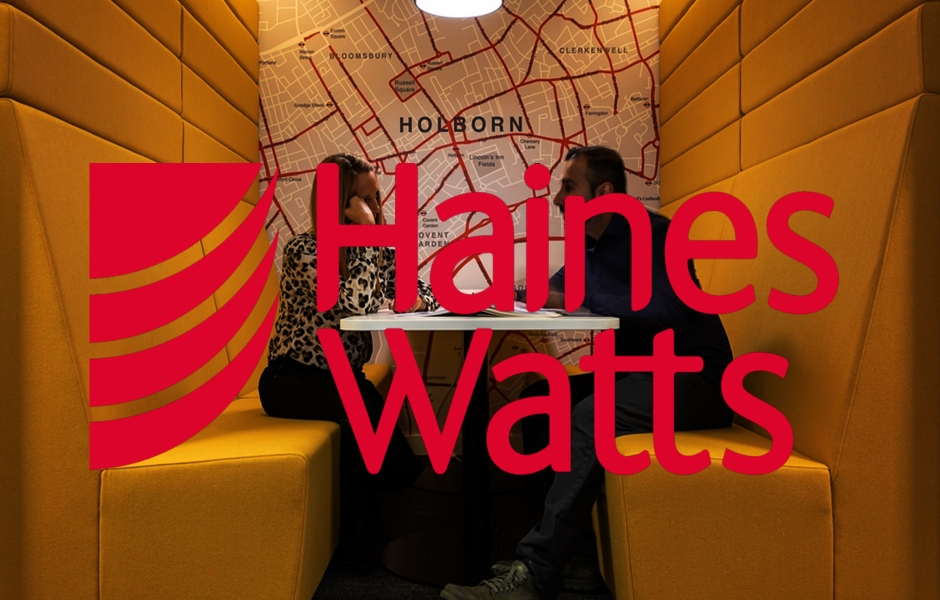
How to prepare for the future: A case study from Haines Watts
Haines Watts have been a client of Blue Jelly’s for a number of years. Over the past few months during this unprecedented time, we have supported them to ensure their workplaces are COVID-19 secure. We wanted to share that journey with you.
Preparing for the future of the workplace starts now. We share some thoughts with Daniel Morgan, Managing Partner of Haines Watts, Esher on how they have adapted and prepared for the return to work phase.
“It’s impossible to talk about how we are tackling the future of our workplace without reflecting on our experiences through lockdown. Fortunately, as a business we were already quite far down the road in building an agile based working model. When it became evident that lockdown would happen, we were able to respond quickly and cater for the basic needs for safety and security for our people and continuity for our clients. We had a precedent of people being able to work remotely, albeit occasionally rather than constantly. We had all our core systems in the Cloud with security protocols to support access from anywhere. Our investment in agile based working meant that we were able to scale up remote working quickly.
As the pandemic evolved, the next priority for us was creating a communication and wellbeing plan for our teams. During crisis and disruption, it’s important for people to know what’s going on. We have been transparent with our staff from the outset – communicating openly about our phased strategy, and when/if and how these phases would be implemented. I cannot emphasise how important regular, repeated, open communication has been. It’s provided confidence and reassurance to our people, created channels for us to listen to our people and ultimately enabled us to support staff while ensuring we continue to support our clients.
For me, it was important to help our people take some control over what was unfolding. We deployed tools like Zoom, Microsoft Teams and WhatsApp groups to facilitate communication about work but to also provide a way to retain the social aspects of work. Our HR team worked hard to ensure we were checking in with all our people and supporting managers with developing confidence and new approaches to managing teams remotely. Skills we will continue to invest in as we create a new way of work.
We conducted our first Zoom based induction involving staff across six sites and we were able to adapt our face-to-face process easily. Continuing to provide these sorts of sessions was key to exposing new starters, in all roles at all levels, to our culture, colleagues and help them feel part of the wider Haines Watts family.
We introduced our first ever staff pulse surveys – something that will now be a permanent tool for our business, so we could gather fact-based intelligence on how our people were really coping and the challenges they were facing. These have proved invaluable. For example, one of the issues we hadn’t fully appreciated early on, was that many of our younger staff are flat or house sharing and this creates challenges around privacy, decent Wi-Fi, desk space etc. It helped our managers understand the constraints their teams were operating under and we could then work on alternatives to support these people.
Crucially, the feedback we got from our people has helped inform our return to work plan and protocols. So, what does ‘return to work’ look like?
From the outset, we took a view that ‘business as usual’ will be very different in the future. The world has changed, we have changed, and the work experience will be forever changed.
When we began to plan for a return to work, our primary concern was how to provide a safe space for our people. We conducted detailed workplace assessments and mapped out capacity, protocols and timelines for return to work.
Our pulse surveys had told us that many staff have found a better work-life balance during lockdown and for these staff there is a real desire not to return to five days in the office. At the same time, we have people who have struggled either because of practical issues or mental wellbeing. We also have a lot of new starters, many of whom are in their first jobs and need mentoring and exposure to wider teams – arguably these groups need to be prioritised for a return to the office. For me, the key learning is that there is no longer a one-size-fits-all policy for where people work and how. We must acknowledge individual circumstances and differences across our workforce. We need to be able to offer an environment, culture and dynamic that accommodates all our people but continues to deliver for our business.
We’ve trusted our people to deliver for clients and support each other during Covid – and they’ve excelled. We’ll build on this trust and evolve a culture that is about delivery and results not presenteeism.
Covid has undoubtedly accelerated the adoption of new technology by our people and I’m excited to continue to invest in technology but also expand the training and learning that supports a tech-enabled environment.
We are learning everyday about how to improve remote working across teams and what works best for different tasks and projects – we’ve conducted remote audits for the first time which wouldn’t have happened had it not been forced. We are extremely lucky to have weathered Covid well as a business and are recruiting. Learning how best to balance remote and face-to-face interviews continues to be a learning curve for us and we’ll adjust and make improvements.
Our thoughts are now turning to how we can continue to drive a positive employee experience. I think the fundamentals still hold true; involve people, reinforce the behaviours we value; give people thanks and recognition; create strong teams; be inclusive but value individuality; show leadership and have fun! These things don’t change regardless of where and when we work.”
To find out more on how Haines Watts can help you and your business visit https://www.hwca.com/accountants-esher/.

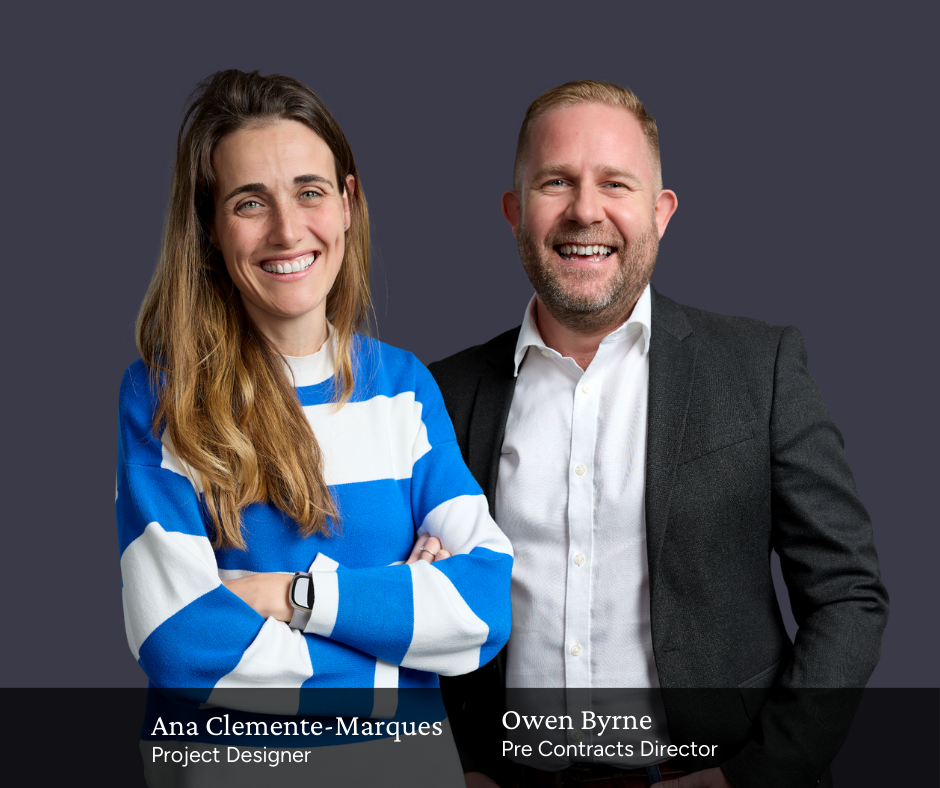
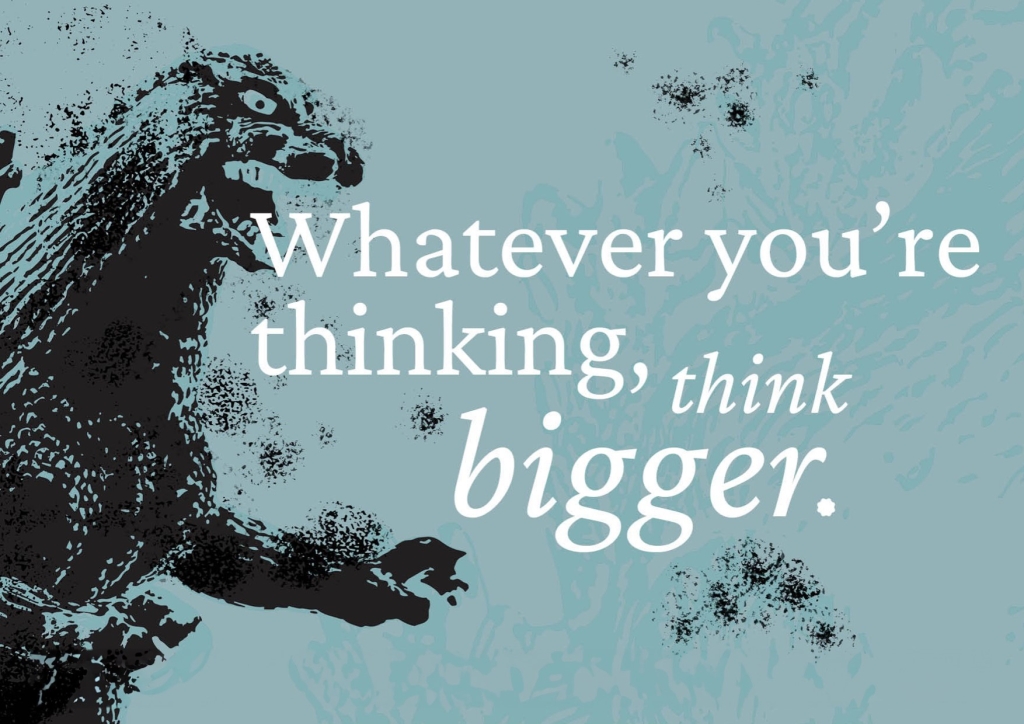

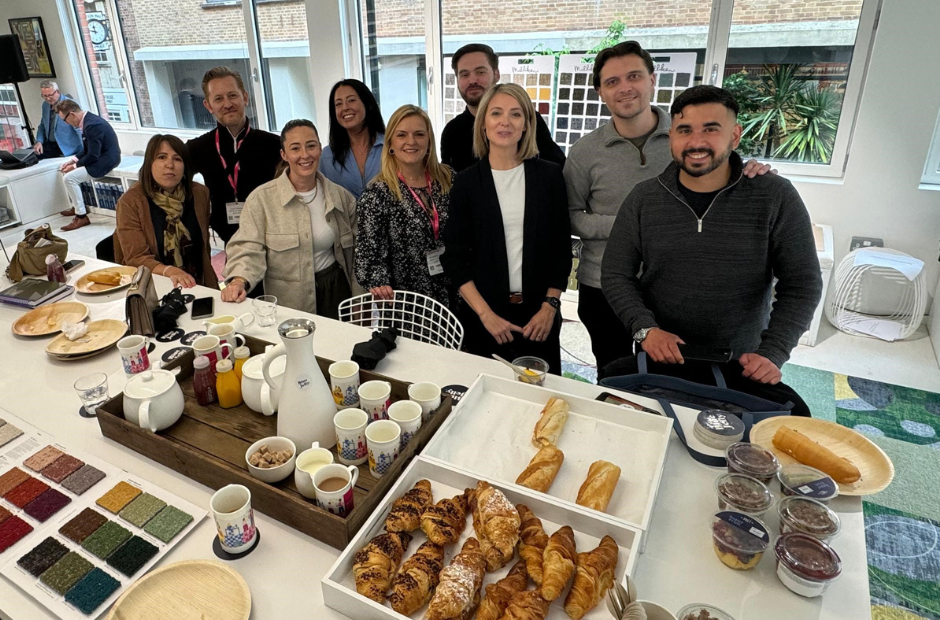

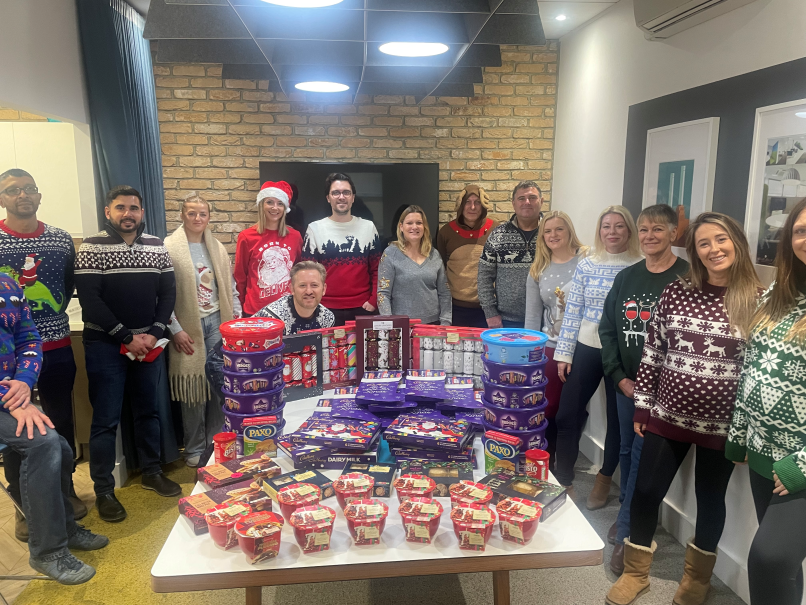
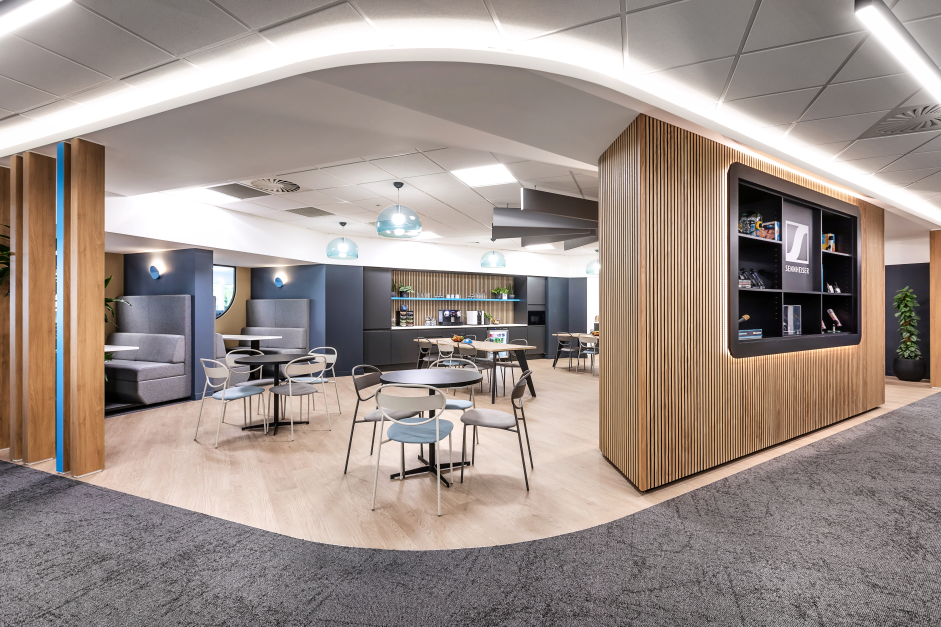
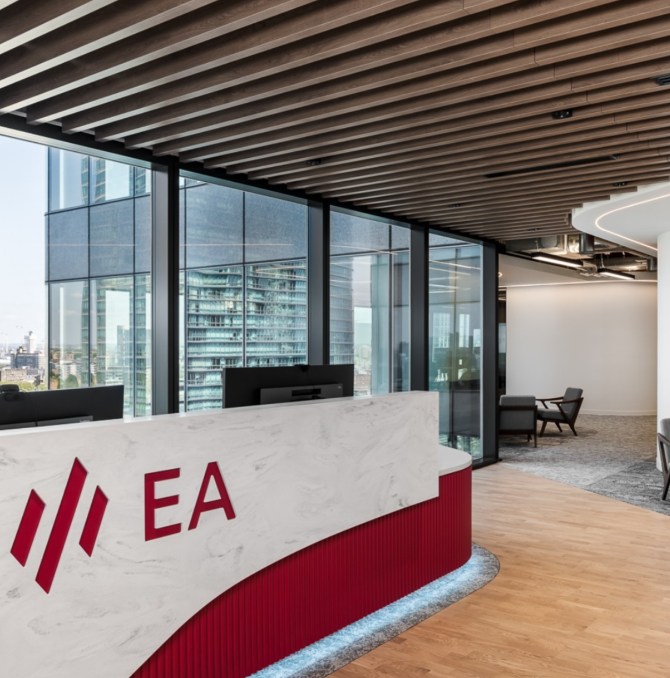
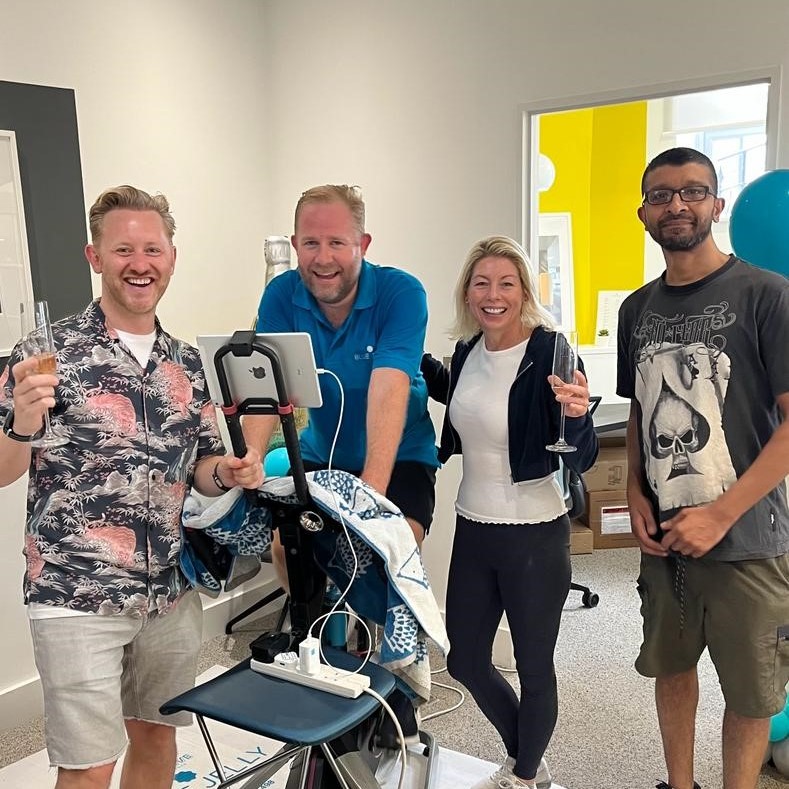

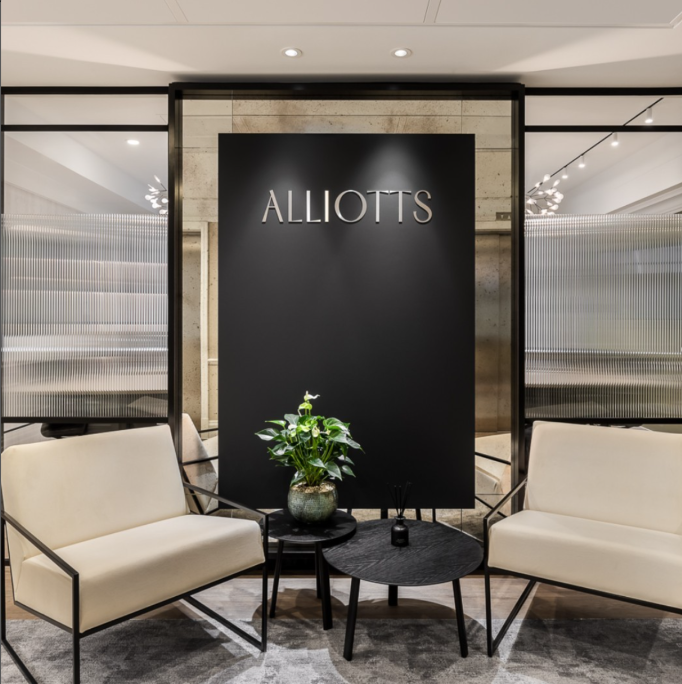

Our Core Values are what make us Blue Jelly.
We are Ambitious
Highly driven, forward thinkers who won’t shy away from a challenge. Bringing big ideas to the table and making them a reality. Always striving to be the best that we can be.
See more at www.bluejelly.net
#WeAreAmbitious #PlacesWherePeopleWantToWork #WorkplaceDesignandBuild #ThinkBigger